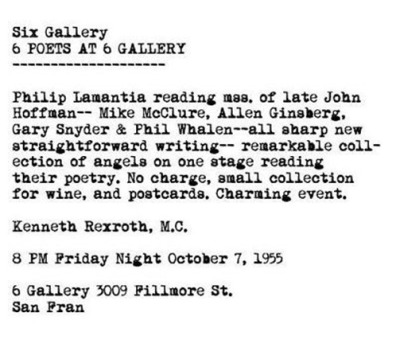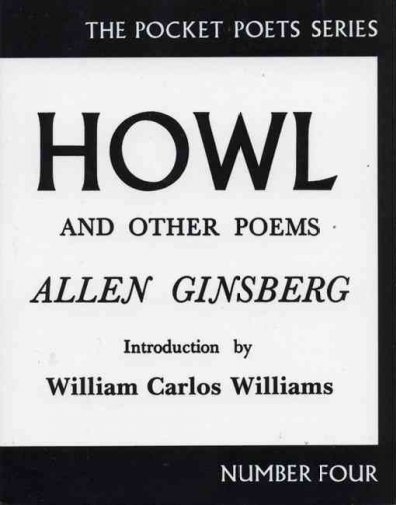“House Snake” by Reynolds Price. Northridge, CA: Lord John Press, 1987.
A young Herb Yellin caught the bug for autographs at Fenway Park in Boston. As he grew older Yellin became a serious reader and married the two passions when he began collecting signed first editions. Eventually, his insatiable quest for books led him to establish Lord John Press in 1976 as a way to offer something special beyond the hardback book. The books were often issued in printings of 150 and 300 copies and were signed by the author. The press showed a passion for paper, printing and book binding. The contents were never lengthy, containing an author’s short story, an essay, a speech, a poem, or an excerpt. Lord John Press did not publish the obvious, and this provided something special to the book collector and for the reader who was so devoted to that author.
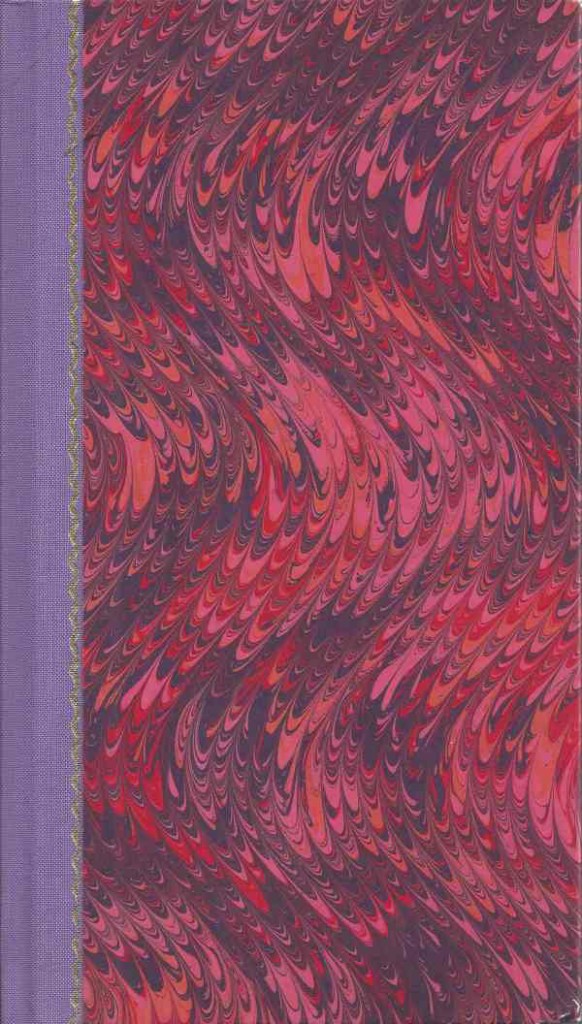 “House Snake,” a single poem by Reynolds Price, seventeen pages in length, was published in book form in colorful marbled boards with gilt decoration by Lord John Press in 1987. Only 150 numbered copies were printed and signed by the author.
“House Snake,” a single poem by Reynolds Price, seventeen pages in length, was published in book form in colorful marbled boards with gilt decoration by Lord John Press in 1987. Only 150 numbered copies were printed and signed by the author.
Other examples from the press include:
“The State of the Novel” by Walker Percy (in conjunction with Faust Press)
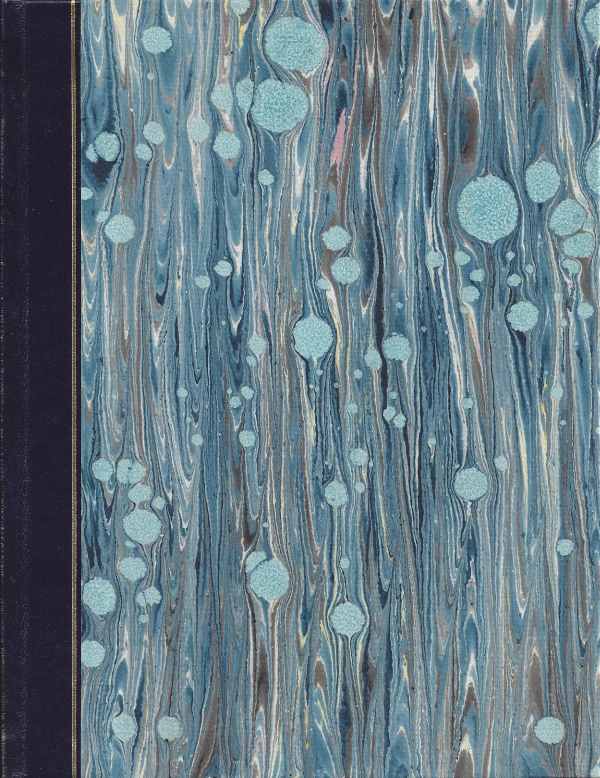 “Ill Seen Ill Said” by Samuel Beckett
“Ill Seen Ill Said” by Samuel Beckett
“The Literature of Exhaustion and the Literature of Replenishment” by John Barth
“Acrobats in the Park” by Eudora Welty
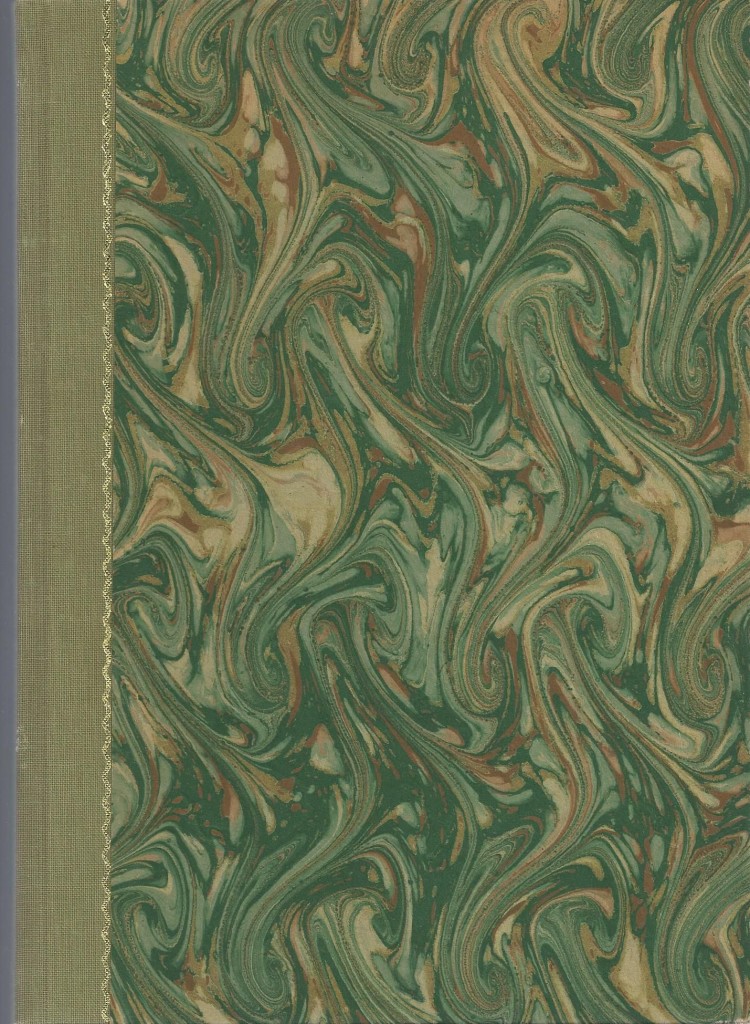 and “A Collection of Reviews” by Ross Macdonald.
and “A Collection of Reviews” by Ross Macdonald.
Lord John Press got its funny name from the founder’s love of these authors: John Barth, John Cheever, John Fowles, John Gardner, John Hawkes, and John Updike. “Lord” is said to have come from his desire “to marry” Great Britain and America. Over the years Yellin published around 100 titles. Lord John Press has since closed and Yellin passed away in 2014.
Written by Lisa Newman, A version of this column was published in The Clarion-Ledger’s Sunday Mississippi Books page.


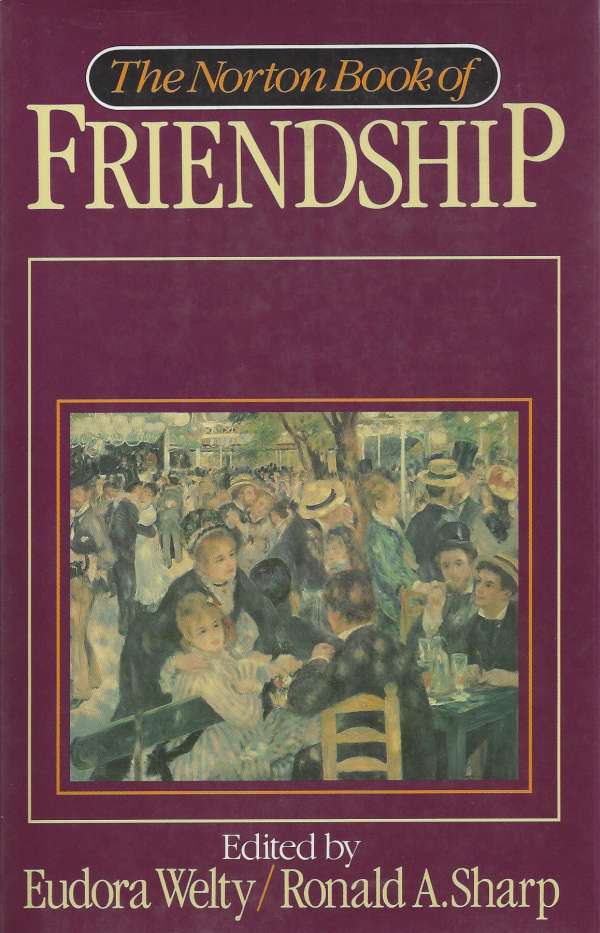
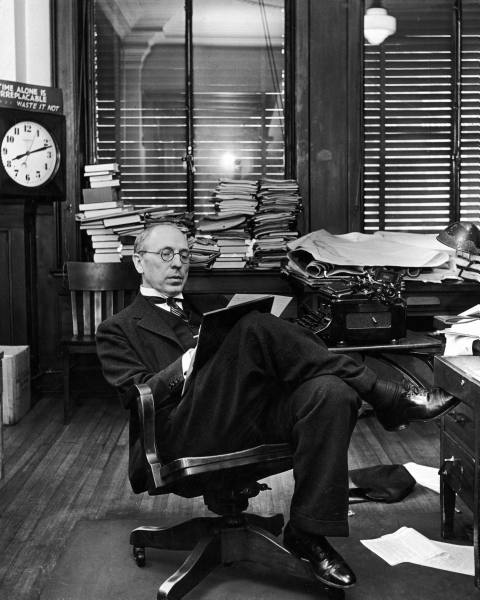 As editor of the Richmond News Leader, Freeman spends the next few hours organizing, composing letters and World War I editorials. By 8:00, it is time for his daily radio broadcast, then the daily conference with the newspaper staff. At noon, a nap. By 2:30, he turns his attention to his life’s work: writing the multi-volume biography of Robert E. Lee. Freeman settles to bed at 8:30 to begin the next day with the same intensity. With these details meticulously documented in David Johnson’s biography of Freeman, it’s not surprising that Freeman wrote late in life that he expected “to die with a pen in [his] hand.”
As editor of the Richmond News Leader, Freeman spends the next few hours organizing, composing letters and World War I editorials. By 8:00, it is time for his daily radio broadcast, then the daily conference with the newspaper staff. At noon, a nap. By 2:30, he turns his attention to his life’s work: writing the multi-volume biography of Robert E. Lee. Freeman settles to bed at 8:30 to begin the next day with the same intensity. With these details meticulously documented in David Johnson’s biography of Freeman, it’s not surprising that Freeman wrote late in life that he expected “to die with a pen in [his] hand.”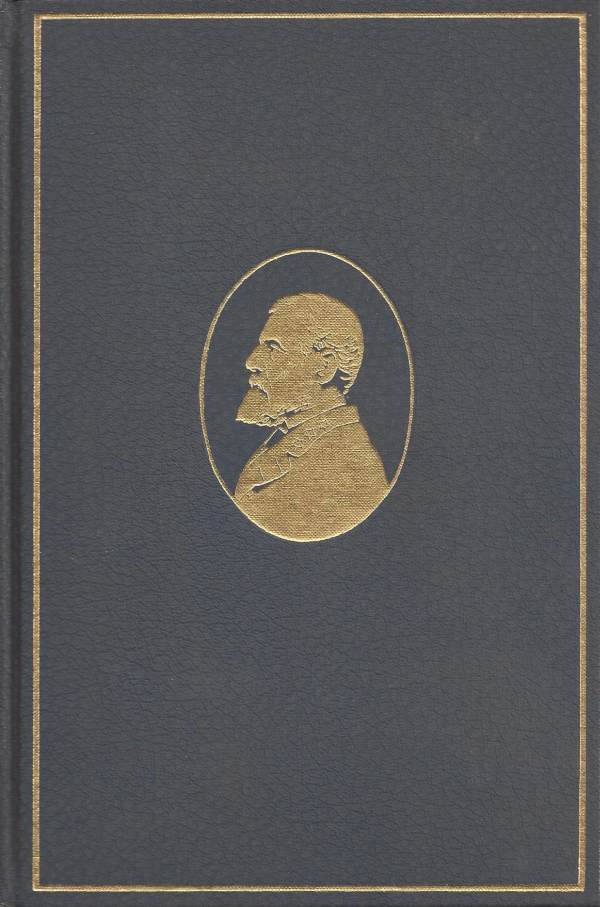
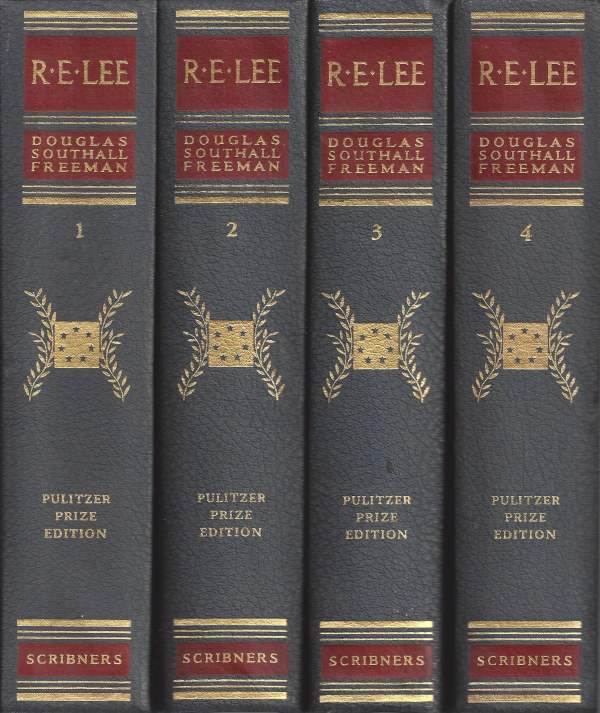
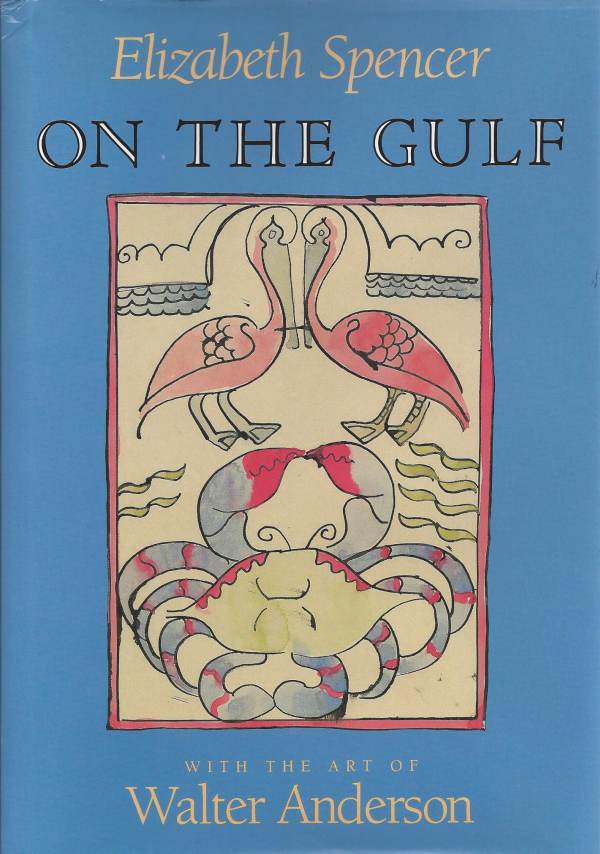
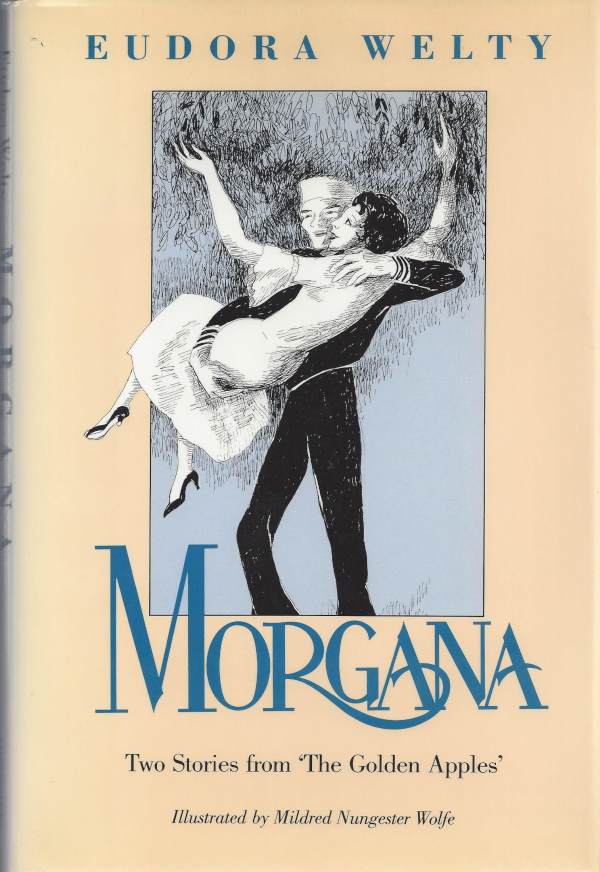





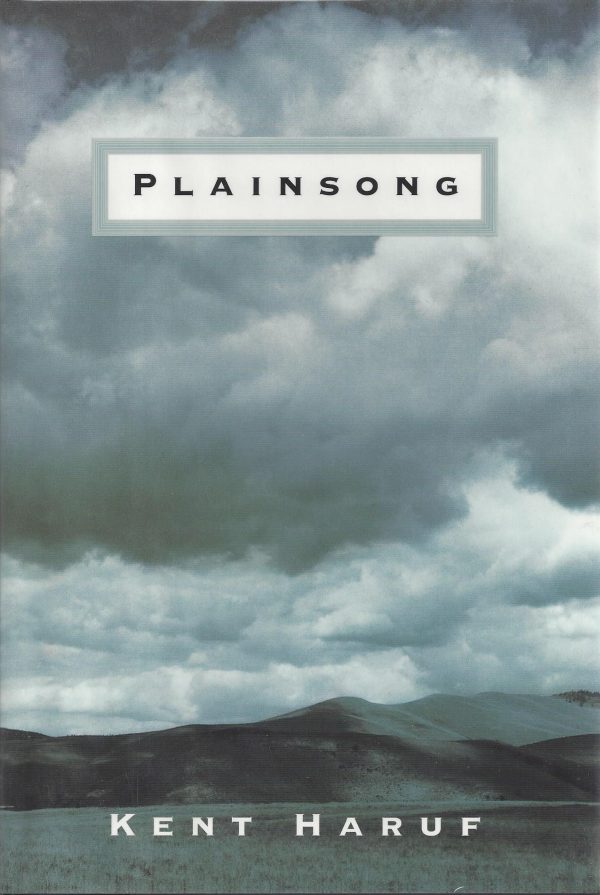
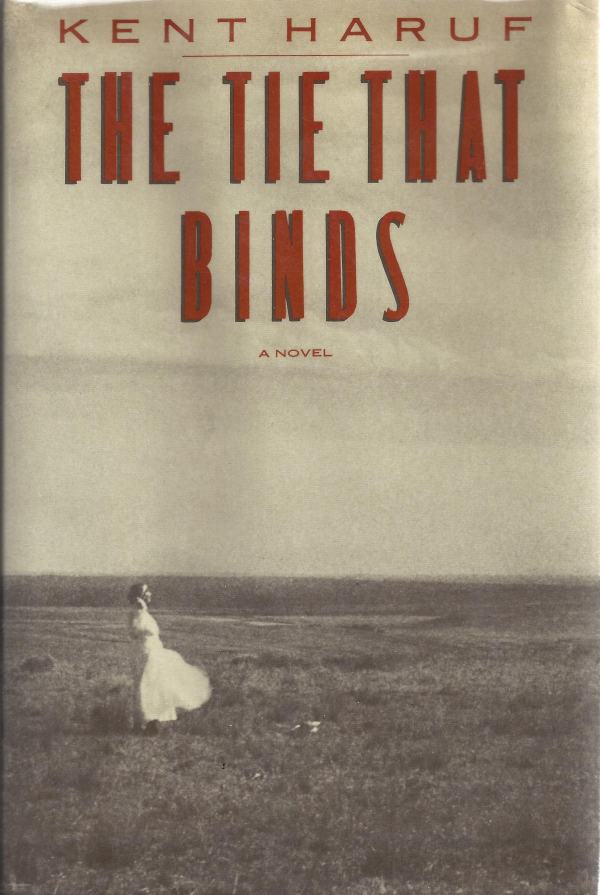
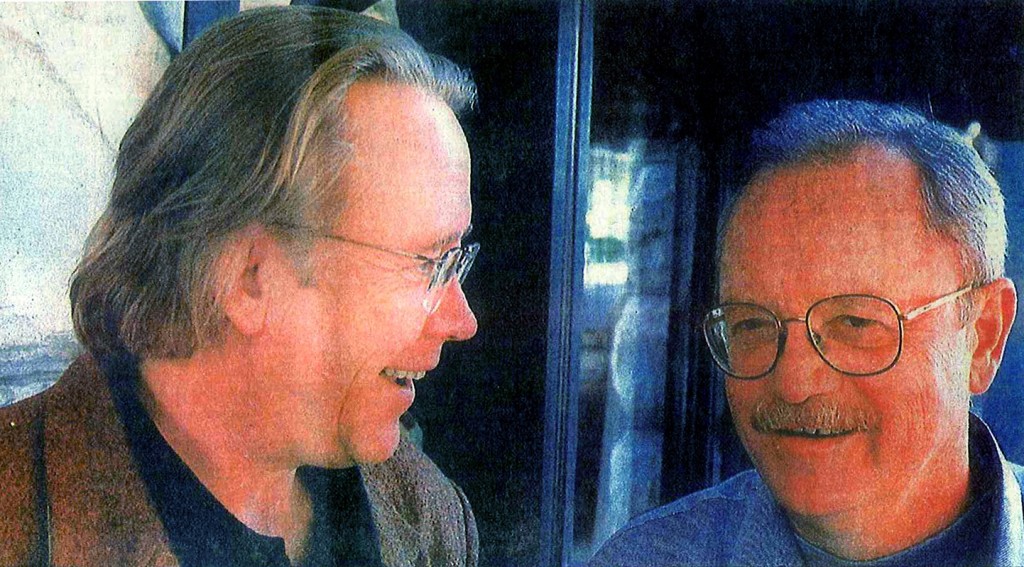 In 1998 Haruf’s agent sent “Plainsong” to Knopf, and Gary Fisketjon became his editor. Besides the intense yet never overbearing editing that Fisketjon offered, the two developed a friendship over part of Haruf’s 15-city author tour. “Plainsong” received a National Book Award nomination as well as adoration from a growing fan base. Fisketjon recalls on his blog, “
In 1998 Haruf’s agent sent “Plainsong” to Knopf, and Gary Fisketjon became his editor. Besides the intense yet never overbearing editing that Fisketjon offered, the two developed a friendship over part of Haruf’s 15-city author tour. “Plainsong” received a National Book Award nomination as well as adoration from a growing fan base. Fisketjon recalls on his blog, “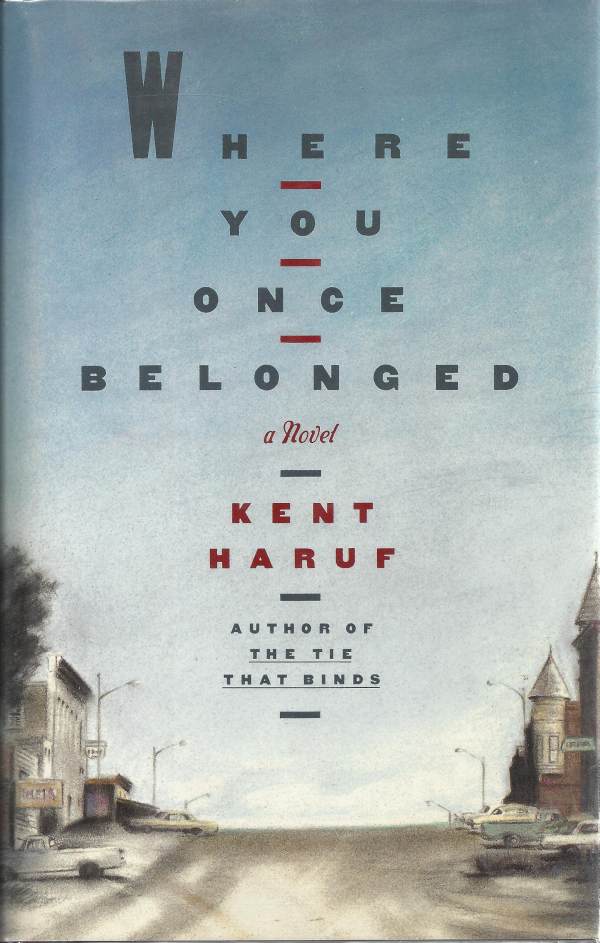
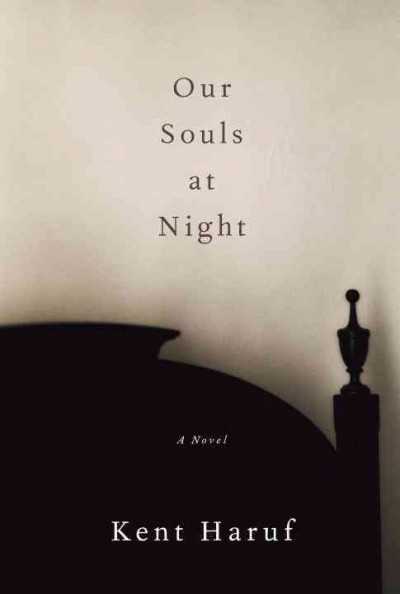
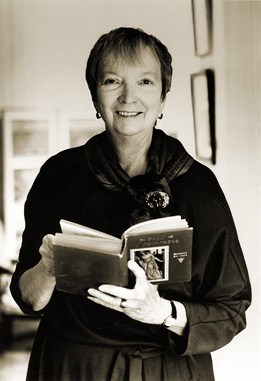
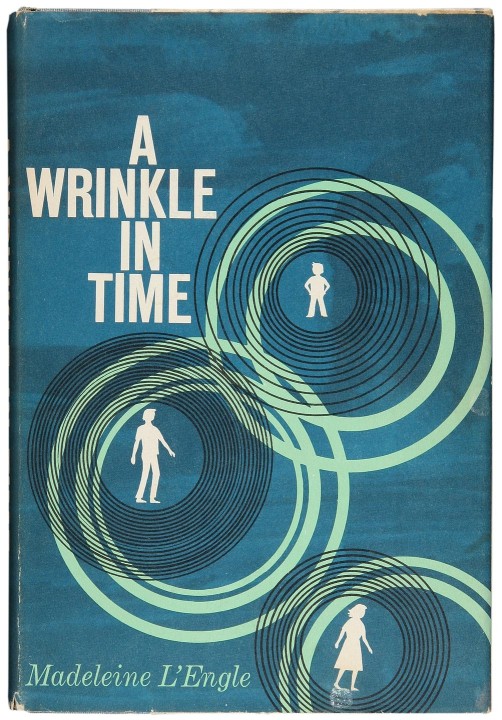

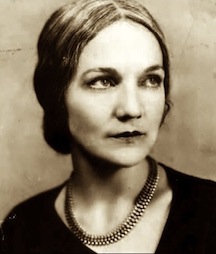
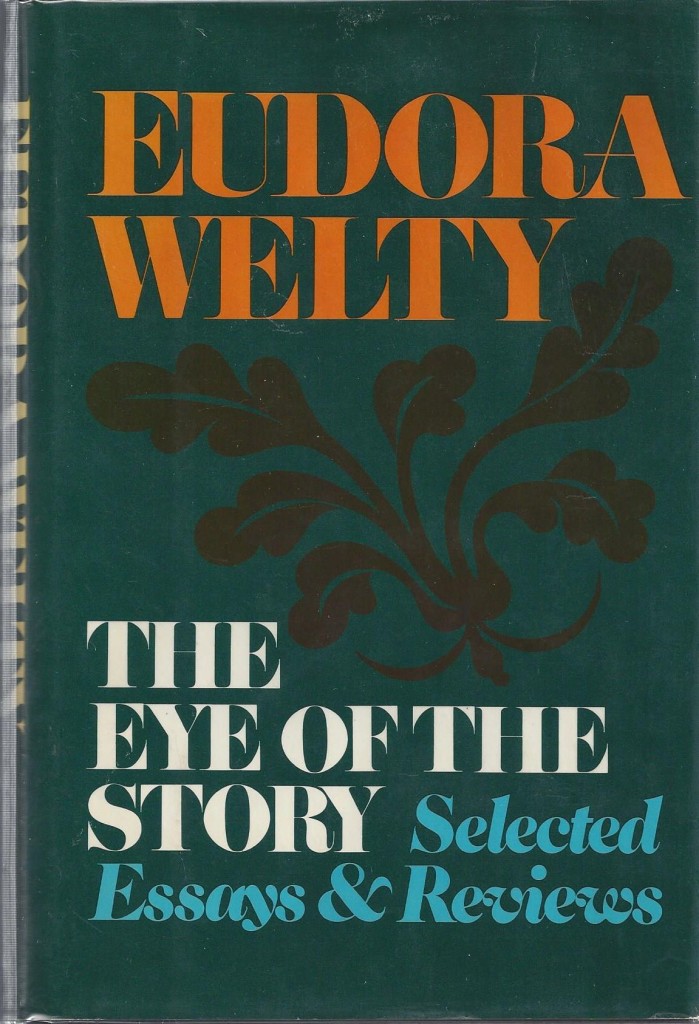





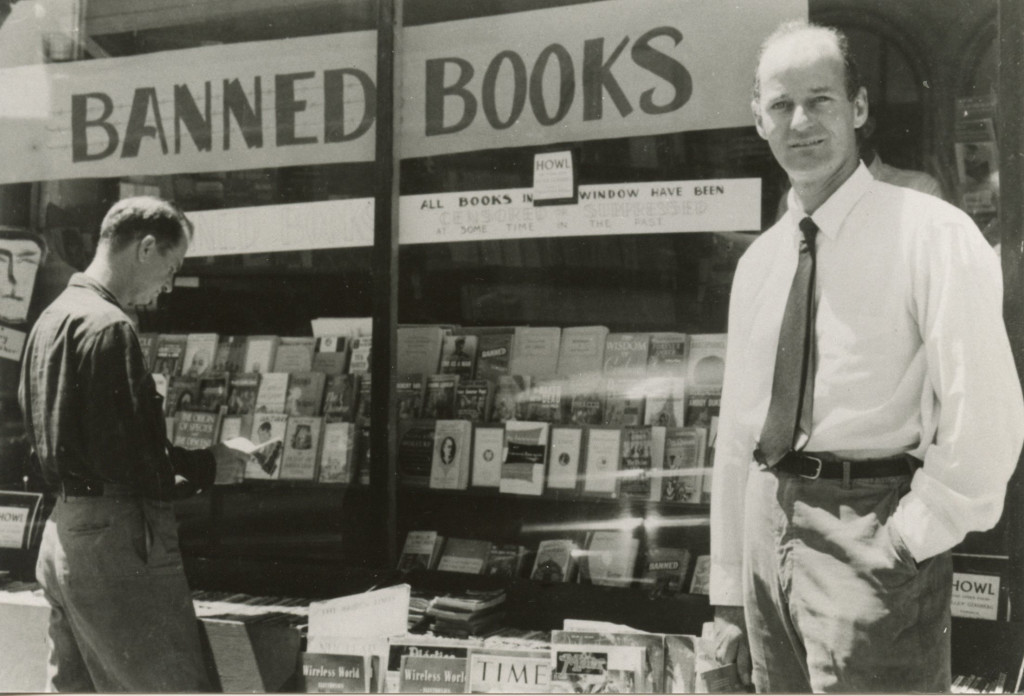 Three hundred and fifty independent bookstores across America celebrate their tenacity and appreciation for their customers on Saturday, May 2—including Mississippi Independent Bookstores.
Three hundred and fifty independent bookstores across America celebrate their tenacity and appreciation for their customers on Saturday, May 2—including Mississippi Independent Bookstores. 